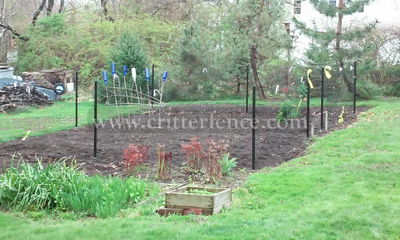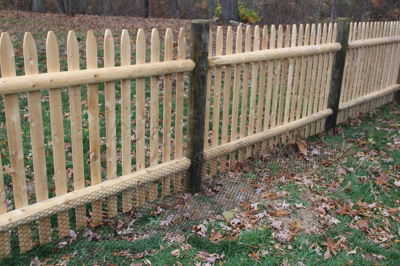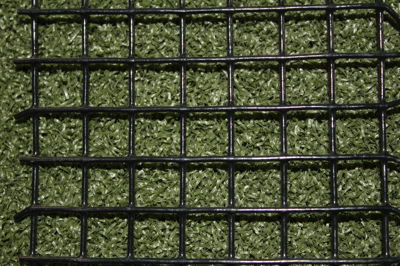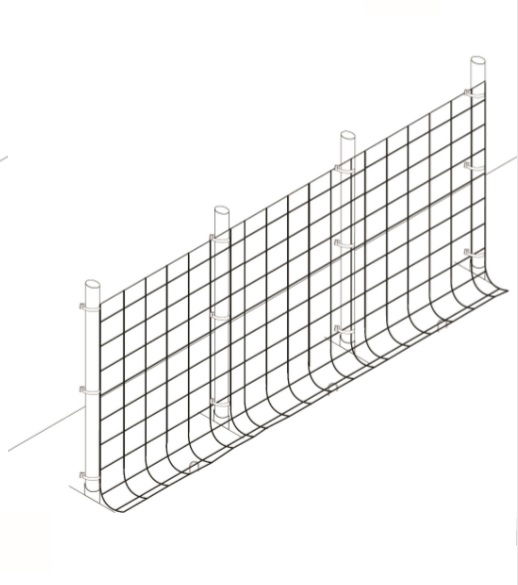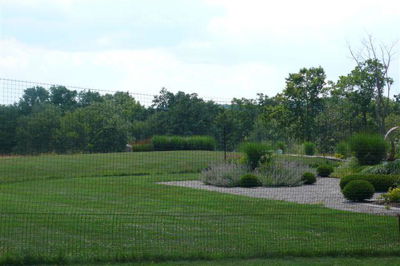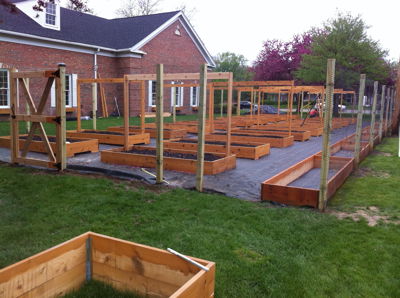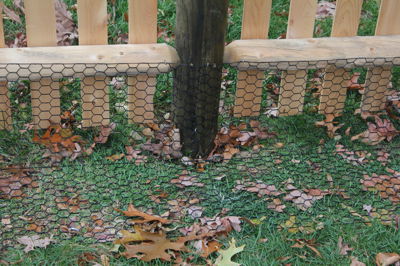Rabbit fence is a type of fencing engineered to exclude or contain rabbits. Rabbits are also known as hares and have other names like jack rabbits. Typical applications include:
- Preventing rabbit access (keeping them from going under or into an area) or as dig prevention
- Surrounding an area like a garden where rabbits will eat your plants or vegetables
- Adding a rodent barrier for rabbit protection to an existing fence (like a deer fence)
- Creating a backyard rabbit run area for farm or pet rabbits to graze and roam
A rabbit fence kit is a selection of fencing, fence posts, accessories and hardware to build a complete fence to keep out rabbits when starting from nothing.
Our rabbit fences are not electric and cannot fail due to broken wires, dead batteries, etc. They are engineered to keep out many different animals besides rabbits, depending on the options you choose. They also make great pet fences to keep in dogs and other animals.
There are 1000+ fence kits, combinations and options within each of these types of rabbit fences.
The purpose of this page is to help you compare the choices to best select the rabbit fence you need for your project.
In general, most customers with issues with rabbits eating their plants select:
- A standalone 24”-36” rabbit fence with overlap. This type of rabbit containment or exclusion fence includes extra fencing overlapped and staked to the ground to the outside or inside of the area. This acts as a dig deterrent and covers small ups and downs in your landscape rabbits can use for entry or exit. Rabbits will use their noses to try and push up the base of a fence or to try to dig down under your fence. This type of rabbit fence with overlap is a roll of fence installed at a specific height, leaving additional inches or footage (6-12 inches typical) overlapped and pinned to the ground facing outside or inside.
- Rabbit fence as a chew barrier base to a taller poly deer fence. Deer don’t chew and poly fence has properties that make it a great deer fence. Poly deer fence doesn’t have memory (if it’s hit it returns to it’s original shape unlike metal that once bent stays bent) and it’s hard to climb. Poly deer fence is also lightweight, very strong and inexpensive. The issue with poly fence is chewing; even the strongest poly fence is not chew proof. The most popular type of fence for a garden includes a poly fence paired with a metal rodent barrier base. In general, the same bottom wire fence used to keep out rabbits will also keep out other garden pests. The post popular garden configuration to keep out deer and rabbits (and other animals) would be a 7 ½ foot finished height poly fence in 700 poly paired with a 3ft 1x1 black steel bottom wire, installed at 28 inches tall leaving 8 inches of overlap. The overlap is flexible – for example, you could install the 3ft bottom wire at 24” tall leaving 12 inches of overlap.
